Shahzad Noor gets real on being a male model in Pakistan's female-dominated fashion industry
You can see Shahzad Noor on countless billboards, everywhere. As one of Pakistan’s foremost male models, he’s the face of multiple brands and has a schedule that is packed choc-a-bloc with projects. He knows how to smoulder for the camera and how to make a statement on the catwalk which, according to the desi fashion lexicon, usually means that he makes a great ramp dulha (groom). He’s won awards and usually skips easily over the Karach-Lahore fashion divide, working with upper-tier brands in both cities. Certainly, Shahzad is on a winning streak and he looks quite the supermodel on the day that I meet him.
He’s dressed in all-white, accessorising the look with a funky pair of sunshades. There’s a natural grace about him; befitting, considering that his career’s raison d’etre is to look good and to make the clothes he wears look good too. He is a bit tired — he’s fasting, he tells me, and following a heavy-duty work schedule — and even during the course of our conversation, he receives calls, coordinating with him for fashion shoots slotted for the next few days.
And yet, despite being witness to how highly coveted Shahzad is, I’m reminded that the Pakistani male model treads a difficult career path.
In an industry where designs for women dominate, even the most successful male model’s playing field is limited. For every 20 luxury lawn brands, there may be one high-street retailer catering to men. And, amongst a plethora of bridal-wear ateliers, only a handful zero in on the demands of the groom. At fashion weeks, three or four of the collections showcased may be of menswear, with the rest of the event dedicated entirely to women’s wear.
The Pakistani male model often treads a difficult career path and has limited options. But that doesn’t seem to bother model-in-demand Shahzad Noor. He is enjoying the fashion high life and is content with the way his life is going
The male model winds his way through this small coterie of options, trying his best. He may be punctilious to the core, work hard, look great on the catwalk and refrain from throwing tantrums — and yet, his repertoire will always be far more limited than that of his female counterparts. He will also most likely earn less, given that the campaigns that come his way will always be limited.
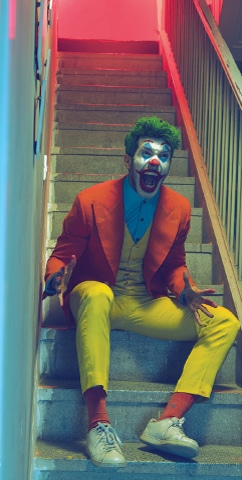
I have often felt that it’s a thankless job. Over the years, observing the breakneck backstage madness at a fashion week, I have seen male models wait for their turn on the ramp while the girls hurriedly flitted from one show to the other. The boys would sometimes discuss their career obstacles with me. It always prompted me to comment that they needed to develop an alternate career path simultaneously.
“Why are you only dedicating yourself to this? Do you have other revenue streams? Where will you be in the next 10 years?” I’d ask, perplexed that these young boys were investing the most important years of their lives to focus on a handful of modelling trysts, with no more reliable career to fall back on.
These were also the questions that I had posed to Shahzad the last time that I had talked to him, a few years ago. Shahzad had already won a slew of awards by then, and was well-positioned as one of Pakistani fashion’s most handsome faces. In reply, he had recounted to me how he was eyeing different businesses while making inroads into modelling.
Unexpectedly, in our meeting today, the conversation begins with a reference to that long ago interview. Evidently he hadn’t been able to fathom why I had asked him such questions. “Why did you ask me when I would be leaving modelling?” he half-grins as he asks me.
I reply that I had merely been focusing on the career insecurity that constantly plagues the Pakistani male model. Shahzad muses, “It’s not so difficult. I have always felt that the Pakistani fashion industry is the best place to work in. Everyone is so supportive of each other.”
Everyone? Really? I’m sceptical, immediately recalling stories where models have been decisively replaced at the last minute by others who may be ‘friends’ with a certain influential designer or photographer. There are also plenty of horror stories of how hardworking, top-tier models don’t get paid for months by major brands.
“Maybe everyone isn’t supportive,” Shahzad allows, “but there are good and bad people everywhere and you can always choose to work with the good ones. Losing out on a single show or a single campaign, or not working with a single brand can’t stop you from becoming a successful model.”
Maybe everyone isn’t supportive,” Shahzad allows, “but there are good and bad people everywhere and you can always choose to work with the good ones. Losing out on a single show or a single campaign, or not working with a single brand can’t stop you from becoming a successful model.”
This, as I discover, is the dogma that Shahzad lives by, and he insists that it has worked very well for him.
Male modelling, pragmatically

“In the 10-odd years since I started modelling, I have never asked anyone for work,” says Shahzad. “I have also refused work when a designer or brand says that they can’t pay me. If they can pay female models, they can certainly pay me too.”
Isn’t it the norm, though, for models to agree to work for free sometimes, in certain campaigns, in order to build their image and make themselves more visible? “In the early days of my career, I needed visibility and may have worked in some campaigns for free,” he says, “but I don’t need to do that anymore. There are some designers who are great friends of mine and I’ll model for them ad hoc. They, in turn, will dress me for the red carpet whenever I reach out to them. In most cases, though, I don’t see any point in investing my time and effort in a campaign that doesn’t pay.”
There are evidently many more opportunities that pay very well. “There’s a difference between high street brands and designers,” points out Shahzad. “Designers may work on three or four fashion shoots a year and many of them don’t want to pay models. High street brands, on the other hand, are constantly shooting seasonal collections and they pay very well. I know so many models who are extremely popular in the fashion industry but have barely worked with any high street retailers.”
He, in contrast, is amongst the lucky few who has his one foot placed firmly in the high fashion circuit while the other is lodged happily in high street catalogues. Flip through the social media profile of any major high-street brand, particularly those selling kurta shalwars for the desi man, and you’re likely to see Shahzad Noor staring back at you.
This may be lucrative for him, but on the other hand, basic kurta shalwar shoots don’t usually amp up a model’s portfolio. Rare, out-of-the-box imagery is usually more memorable and often paves the way to nominations and awards. “Yes, but is that fair?” he asks me. “Is a male model who only works in two or three creative shoots eligible to win, compared to another who has been working through the year?”
He continues, “The one thing I refuse to do is invest in my own shoots just in order to build my portfolio. I will not hire a photographer, borrow clothes from a designer and create an entire scenario just so I have a dramatic shoot that may or may not win me an award.”

The implication here, of course, is that certain male models do finance shoots that would get them noticed. “I won’t do so,” Shahzad neatly sidesteps the question, although I have my theories regarding who he is referring to. “And I have won awards, regardless.”
Has winning awards helped him in his career? “It’s a great confidence boost,” he says. “Also, the brands you work with will be very happy, that they have an award-winner on board. It doesn’t make a huge difference, though. I haven’t won an award for a while and I’m still getting a lot of work.”
But you still have plenty of trophies to your credit, I insist. Perhaps, a model’s career gets boosted if he or she wins a few awards in order to establish credibility? He laughs. “Probably yes! You win one or two and the people around you accept that you have proven yourself!”
The fashion minefield
He seems to be in a very comfortable place in his career, professing to have the support of his peers. Has he never had to endure politics at the hands of the industry, getting sidelined for no reason, or being replaced by a ‘favourite’ other model at the last minute? “These things happen, but not getting to walk once won’t make me a hero or a zero,” he reasserts.
“I never get called to Lahore to be part of a fashion week, whether it’s the one organised by the Lahore-based Pakistan Fashion Design Council [PFDC] or the annual Hum Bridal Couture Week. I require a ticket, a hotel stay and a participation fee for being part of the event and, perhaps, the organisers don’t have the budget for it. I do understand their point of view. A male model will only be part of a handful of menswear shows. He may act as a prop in a bridalwear fashion show, walking in a sherwani next to the bride. The female models are part of almost every show and the organisers probably find it more feasible to fly them in and put them up in a hotel.
“Still, at this point in my career, I wouldn’t want to pay for my own airfare and hotel stay just to be part of a fashion week,” says Shahzad. “There are also a lot of times when designers really want me to be part of their show, and they fly me in especially for it. And anytime there is a fashion week in Karachi, I’m always part of the modelling pool, usually as a showstopper.”
Despite this obstacle, Shahzad considers himself lucky. “I never had to struggle to get an initial foothold in the industry,” he says.
His tryst with modelling almost seems predestined. According to him, he had reservations about working in the fashion industry and kept refusing, but somehow the offers kept coming in. “Sometimes this happens. The more you say no, the more fate pushes you towards a particular direction,” he muses. He had been at photographer Rizwan-ul-Haq’s studio with a friend who wanted to model when Rizwan decided to take a few pictures of him and send them across to designer Omar Farooq of Republic Menswear.
Omar enlisted Shahzad to be part of a show that was taking place in Karachi. There, Shahzad met stylist Khawar Riaz, renowned at the time for being a powerful launch-pad for male models.
“Khawar bhai told me to come to Lahore and work with him but, for a while, I wasn’t sure. Finally, Aimal Khan, another model who was working with Khawar Riaz at the time, talked to me and convinced me to make the trip. I flew in to Lahore for a day and shot three campaigns in a row, two of them for HSY and Amir Adnan. One of the shoots appeared in a popular weekender and I started getting offers.
“When I visited Khawar bhai’s studio, there were queues outside,” remembers Shahzad. “Boys would be lined up wanting to meet him just once, on the chance he would launch their modelling careers. For me, my entry into modelling was very smooth.”
His success story almost seems to be too good to be true, especially considering how there are frequent whispers of Me Too! scenarios running rampant in the Pakistani fashion industry. Models, it’s said, are particularly targeted by certain industry power players, who promise to promote them and build their careers in lieu of certain ‘favours’. Does the modelling casting couch exist?

Shahzad pauses and then replies, “Yes. But no one can force anyone to do anything. You can always step back and decide not to be a part of something. If you are with someone because you want to be with them, then there’s no harm in it. But it’s wrong to be with someone just so they can get you more work.”
And has the fashion industry become more inclusive over the years, spreading its wings towards models with more diverse body types, ethnicities and skin colour? “Some brands are trying to do so, yes. But it’s going to take a while. There are some models who should have been a lot more ahead in their careers right now, but just couldn’t succeed because of our colour complexes.”
Does he think that this mind-set can change? “I think so,” he observes. “It all depends on how a certain look is marketed. Entire perceptions of beauty can slowly change, if a conscientious effort is made.”
We move towards a more traditional question: does his traditional Pakhtun family approve of his career choice? “My mother does not although my father has a more relaxed approach. For the first two years of my career, my mother didn’t even know that I was modelling. Even now, my brother thinks that I’m just wasting my time.”
Planning ahead
This prompts me to come full-circle to the questions that I had asked him some years ago. Does he have a 10-year plan for how he wants to diversify beyond modelling?
“I have already dabbled with acting and I hope to act more soon,” says Shahzad. “I also want to eventually start my own clothing brand. Even now, I’m creating some basic clothes for different brands — T-shirts and kurta shalwars among them. I’m gaining experience this way and it’ll help me when I’m ready to branch out on my own.”
There’s more: he invested in a restaurant and a gym in Lahore during pre-Covid-19 times and he also works as a sole distributor in Karachi for different locally produced beauty products. His family-owned printing press is an additional career path that he is working upon.
Quite a lot of plans, I comment to him. “Yes,” he grins, “but I love modelling. Who wouldn’t love traveling, getting paid a considerable amount for a single day’s work, getting enough respect to be able to dictate work hours, and having a support group championing you constantly?”
Yes, who wouldn’t? At the pinnacle of his career, Shahzad Noor is enjoying the high fashion life. From the looks of it, he’s going to be enjoying it for a long, long time.
Originally published in Dawn, ICON, May 16th, 2021





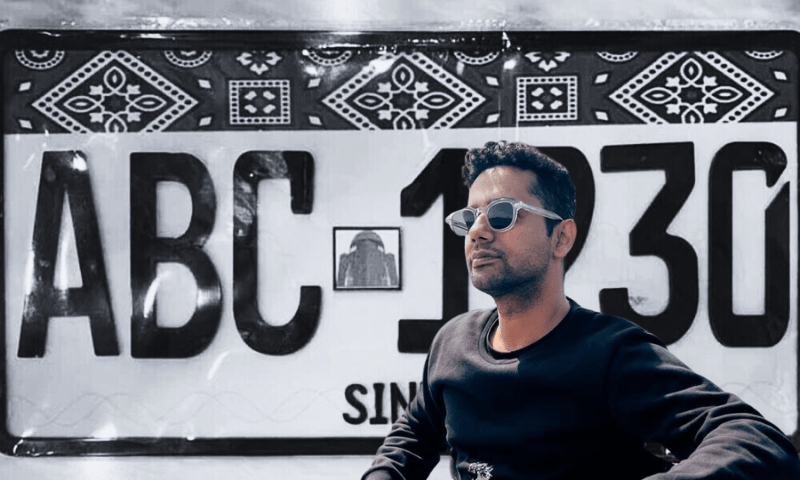

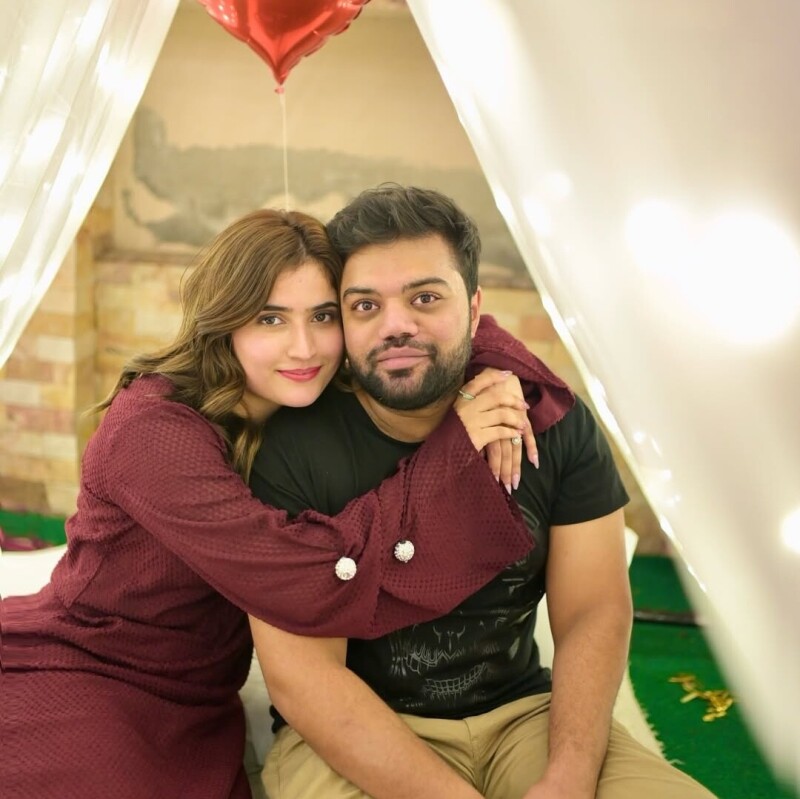

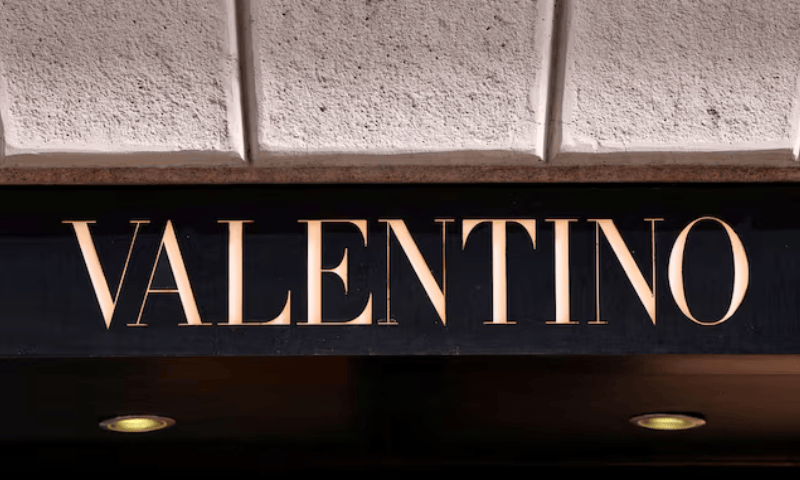

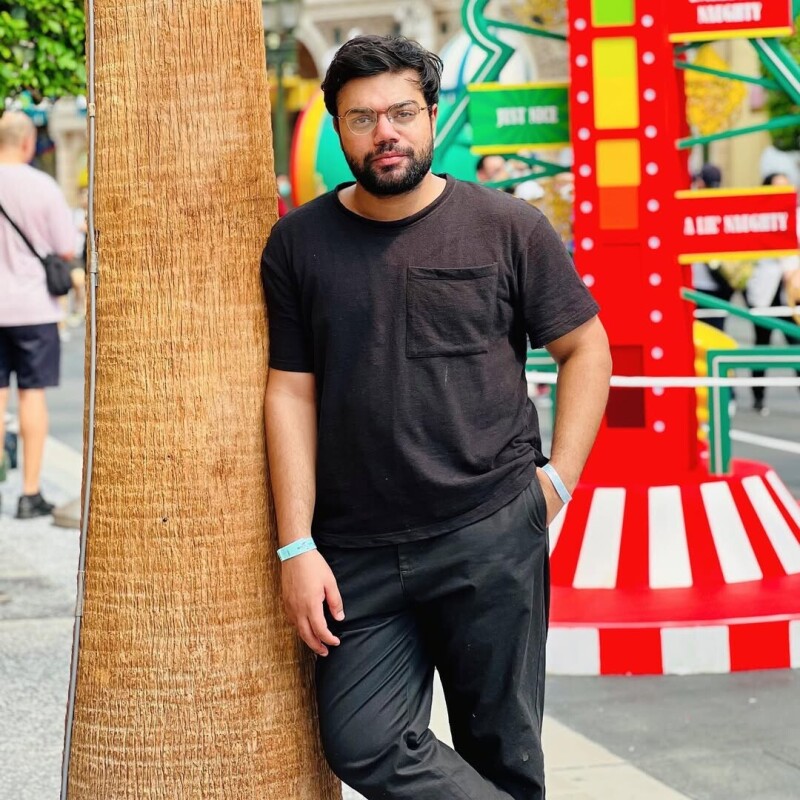
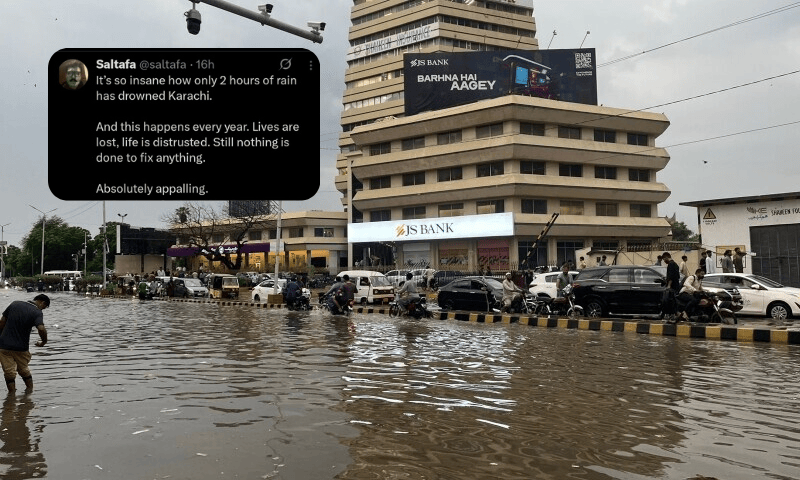
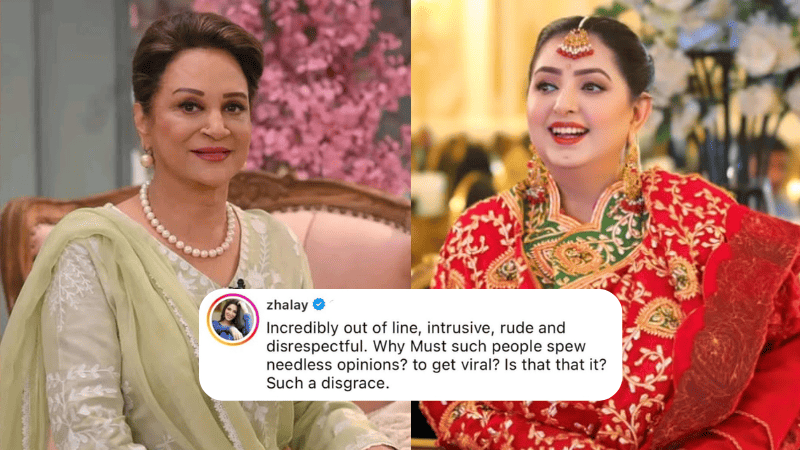
Comments